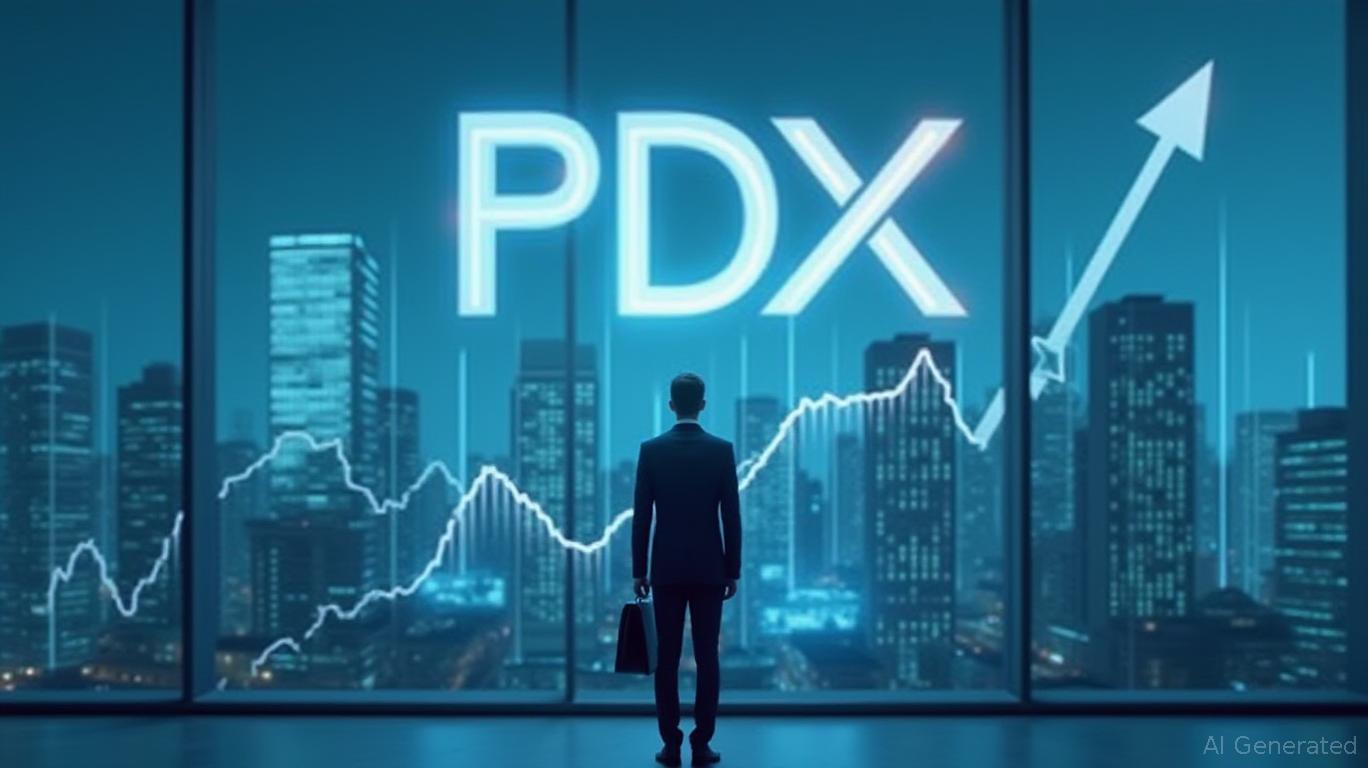PDX's Dividend Powerhouse: Navigating Rising Rates with Resilience and Growth
The
Strategy Fund (PDX) recently declared a quarterly dividend of $0.1334, marking a notable increase from its previous distribution of $0.1133. This move underscores PDX's commitment to sustaining—and even growing—dividends in an era of rising interest rates. For income-focused investors seeking stability and growth, PDX's active management strategy and robust metrics position it as a compelling defensive play for 2025. Let's dissect the fund's dividend sustainability, expense efficiency, and its tactical approach to navigating rate-sensitive markets.
The Case for Dividend Sustainability: Low Payout Ratio, High Return Anchors
PDX's forward dividend yield—calculated by annualizing the recent $0.1334 quarterly payout—stands at 2.18% based on its latest NAV of $24.45 (as of June 2024). While this may seem modest, its payout ratio (dividends divided by net investment income) is exceptionally low. With a 12-month total return on NAV of 43.61%, PDX's distribution of 1.85% of NAV represents a mere fraction of its earnings capacity. This leaves ample room for future increases, even as rates climb.
PIMCO's active management further strengthens this narrative. The fund's portfolio is tilted toward sectors like energy infrastructure (e.g., Venture Global Holdings) and midstream energy, which often thrive in inflationary environments. These holdings generate stable cash flows, insulating the fund from the volatility of traditional fixed-income assets.
Expense Efficiency: A Competitive Edge in a High-Cost Landscape
With an expense ratio of 2.68% (as of June 2023), PDX's cost structure may raise eyebrows. However, this figure includes 1.00% for interest expense tied to its 13.12% leverage, a deliberate tool to enhance yield. While leverage carries risks, PIMCO's disciplined risk management—evident in its $6.79 average coupon portfolio—mitigates overexposure. Compare this to passive bond ETFs with lower expense ratios but no active rate-hedging strategies, and PDX's cost becomes a reasonable trade-off for targeted income generation.
Defensive Play: Why Rising Rates Aren't a Threat—They're an Opportunity
As the Federal Reserve continues its tightening cycle, many income-focused funds face headwinds. PDX, however, is designed to benefit from rising rates. Its short-duration holdings and focus on floating-rate instruments allow it to reprice upward as rates rise, while its energy-infrastructure exposure capitalizes on the sector's rate-insensitive cash flows.
Historically, PDX has demonstrated resilience in volatile environments. Since its 2019 inception (NAV: $20.00), it has grown its NAV to $24.45, outpacing broader bond-market declines. Its current -10.84% discount to NAV also presents a buying opportunity, as investors often pay a premium for steady income in uncertain markets.
The Bottom Line: PDX as Your 2025 Income Anchor
PDX's recent dividend hike signals confidence in its ability to sustain payouts amid rising rates. With a low payout ratio, strategic leverage, and a portfolio primed for inflation, this fund offers a rare blend of income stability and growth potential. For investors prioritizing dividends that can weather—or even capitalize on—rate hikes, PDX is a no-brainer addition to a defensive portfolio.
Act Now: Secure a position in PDX before its next ex-dividend date (May 12, 2025) to lock in this compelling yield. In a world of uncertainty, PDX's active management and sector focus make it a fortress of income—and growth—in the making.

Comments
No comments yet